What is a logo?
A logo is a mark that visually represents a business to the world. Most of us are probably aware of a few major logos and brands based on their mark alone:
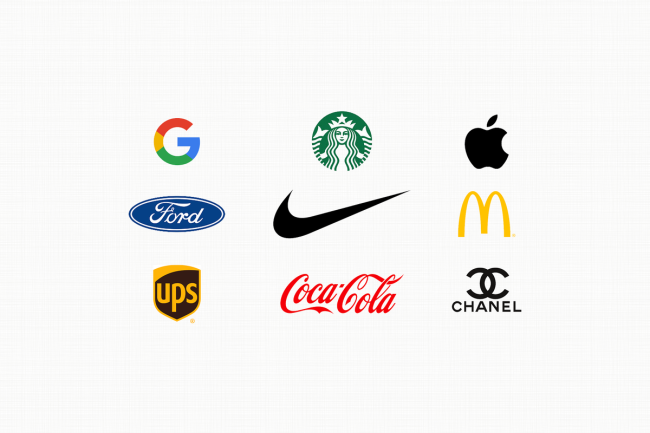
So what makes a good logo?
Like all things, there is some level of "taste" when it comes to visual communication. However, there are some general guidelines that go into making an effective and long-lasting logo.
A Good Logo Is Simple
Something you probably immediately noticed about the images above is how simple they all are. They use bold iconography, in a single color (or easily reduced to one color), and in some cases, they don't even rely on text to communicate. By keeping the logo so simple, it can stay the same over the years, while still being used in a variety of advertising applications. This helps the mark stick in the minds of the consumer.
Consider, as an example, the Apple logo over the years. While it's styling has changed with various graphic design trends, it's shape has been consistent since 1977. Various studies have shown that this strategy has paid off-- nearly 100% of people in all age groups across the world recognize the Apple logo and can tell you what they sell.
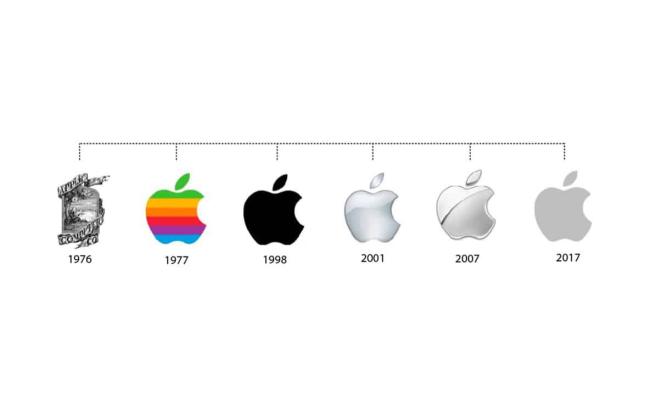
A Good Logo Is Reproducible
Reproducibility is the ability to easily recreate an image, consistently, across various mediums. This is a key pillar of good logo design, but one that is often overlooked or undervalued. Remember that your logo isn't limited to the space you originally envisioned it in: large and in full color on a perfect white page. It may appear in a number of other applications, like on a website, in a newspaper, or somewhere on social media.
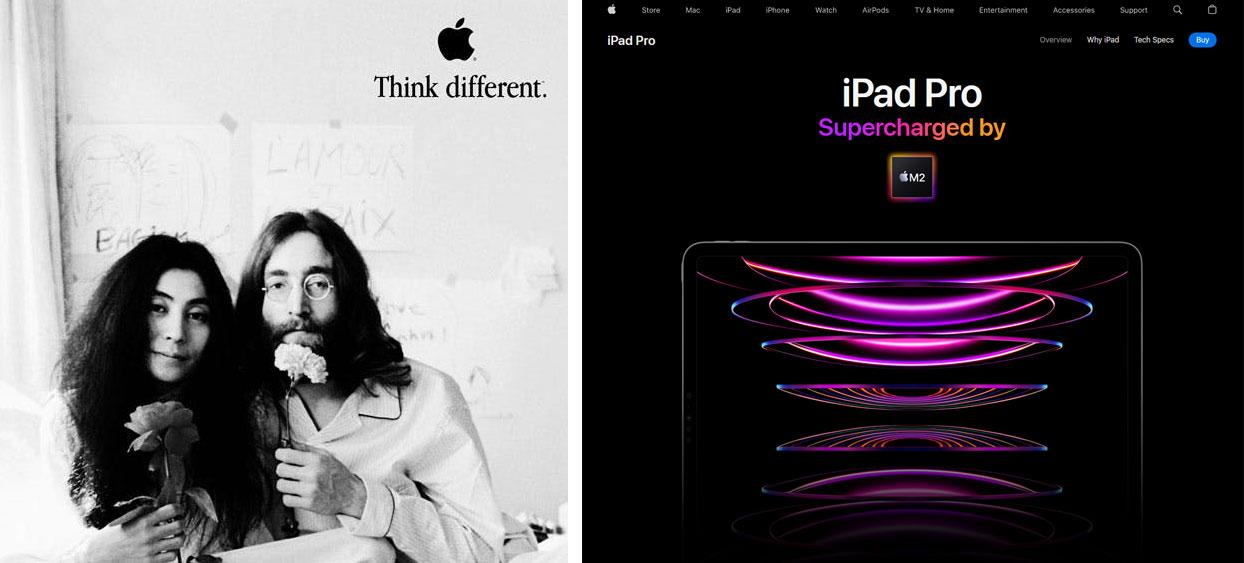
If you are a client having a logo designed, one of the things you should request at minimum is a copy of your new logo in a vector file format (usually this means .eps or .svg). These file formats allow the logo to be resized, recolored, or even redrawn if needed. Many professional associations and publications will also require this format.
A Good Logo Knows Who It's Audience Is, and Communicates Clearly
And finally, there is one more thing to consider: a good logo will be tailored to appeal to the business' target audience.
As a (very goofy) example, let's say a client needs a logo for their motorcycle bar. The Bar has a rustic charm, and offers a place for it's patrons to get together after work at the shop to have a beer and a chat. The average customer there is going to be an adult, male, and probably really into motorcycles and engines. Based on that description, which of the following logos is more likely to appeal to that audience?
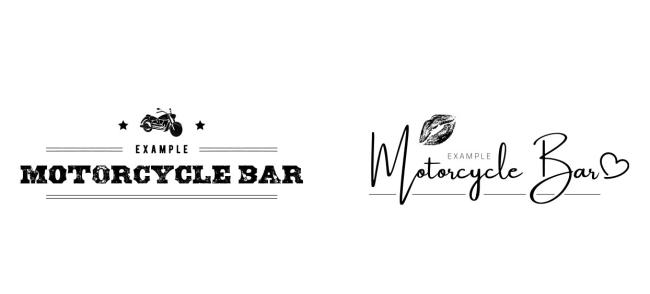
Of course, there can also be some value in subverting the expectations of your audience, especially if you're in a crowded industry:
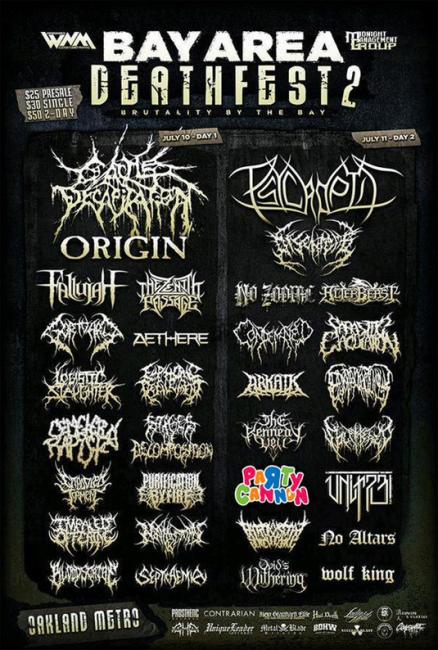
Whichever strategy your business chooses when designing a logo, being confident about who your audience is and what type of visual language they respond positively to is key!
Conclusion
Hopefully this provides a little insight into what goes into the logo design process and what makes a successful logo. Visual communication can be a little more "art" than "science", but there is a method to the madness!
Still feeling a bit lost? Next Level Development can help you through the process of creating a new logo or reworking an existing one. Give us call or contact us online today.